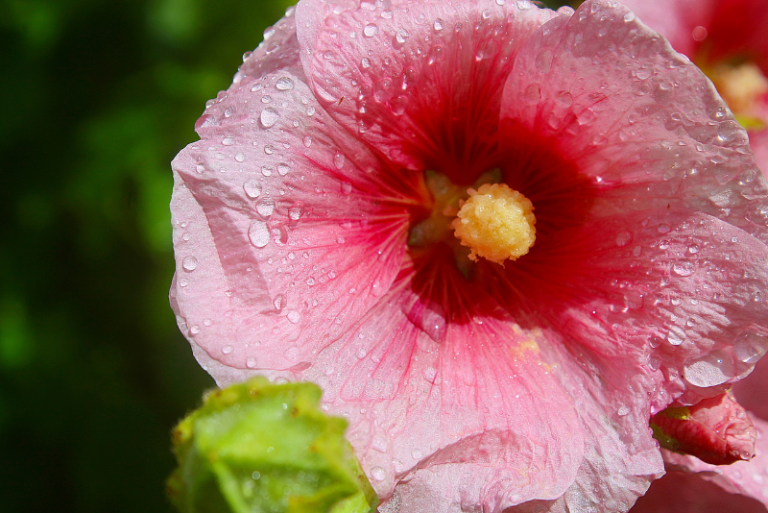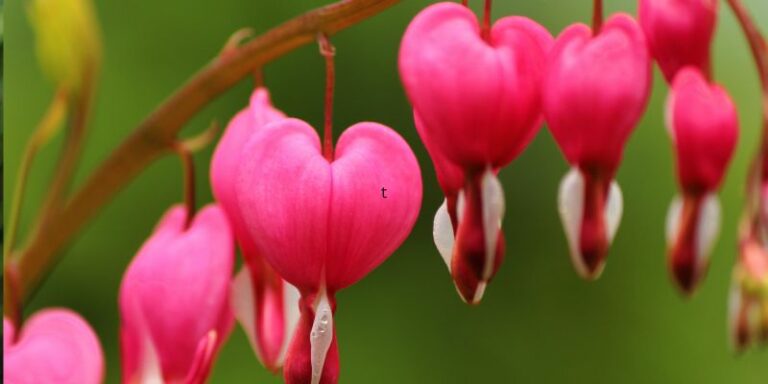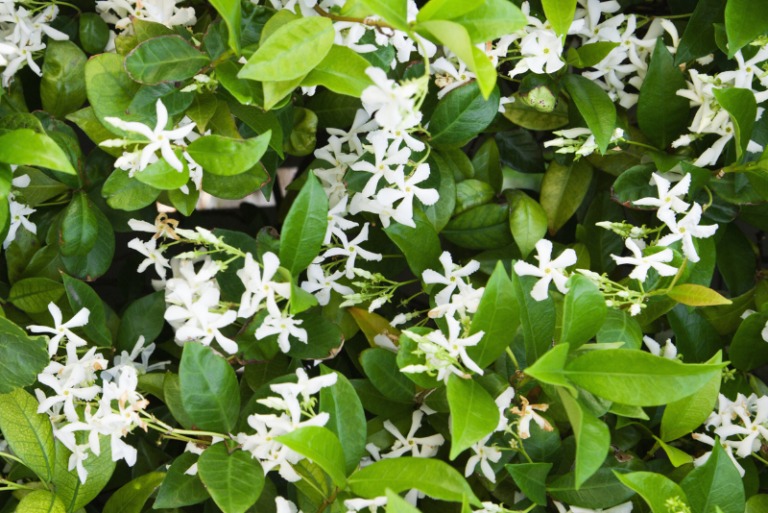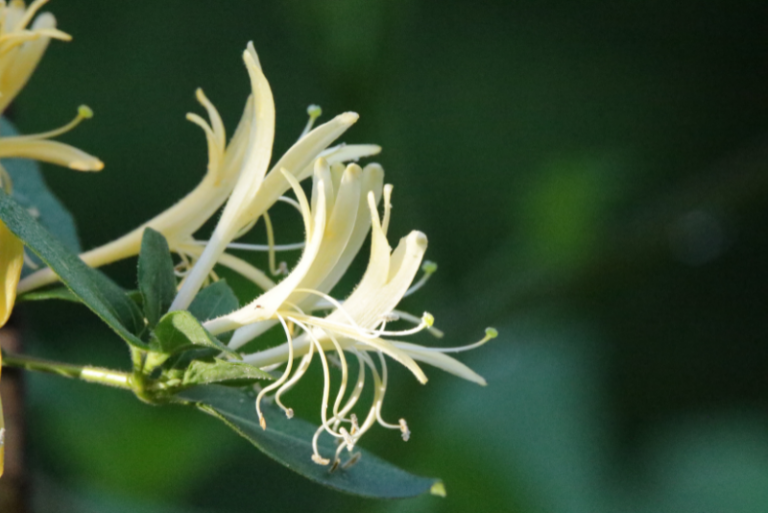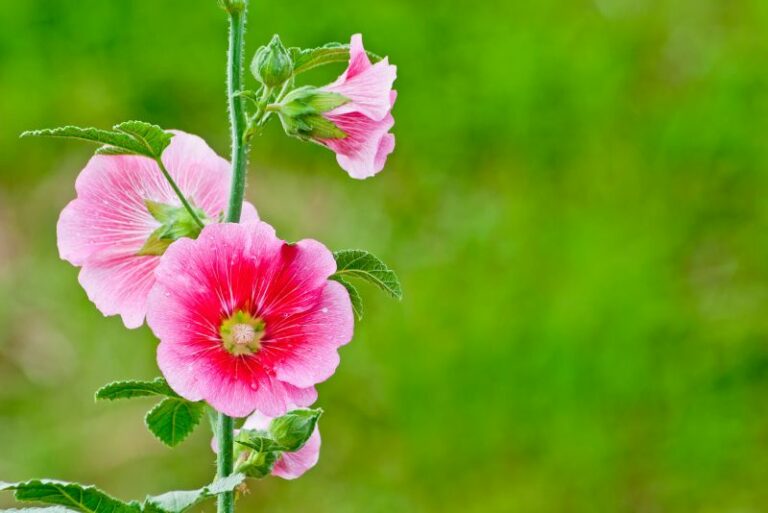How To Care For Scabiosa Pincushion Flower
we delve deep into the marvelous world of Scabiosa, also known as the Pincushion Flower. Let’s explore the best methods to cultivate these beautiful blossoms and foster a garden that will be the envy of every neighbor.
Scabiosa, with its charmingly whimsical name, finds its origins in the Mediterranean region. These delicate flowers are not only visually captivating, but they also come with a symbolic meaning; they are often associated with a house filled with joy and laughter. As much as these flowers can brighten up your space, proper care is essential for them to thrive. In this guide, we’ll reveal the behind-the-scenes secrets to cultivating Scabiosa Pincushion flowers so that you can enjoy an abundance of color in your garden.
Understanding Scabiosa Flowers
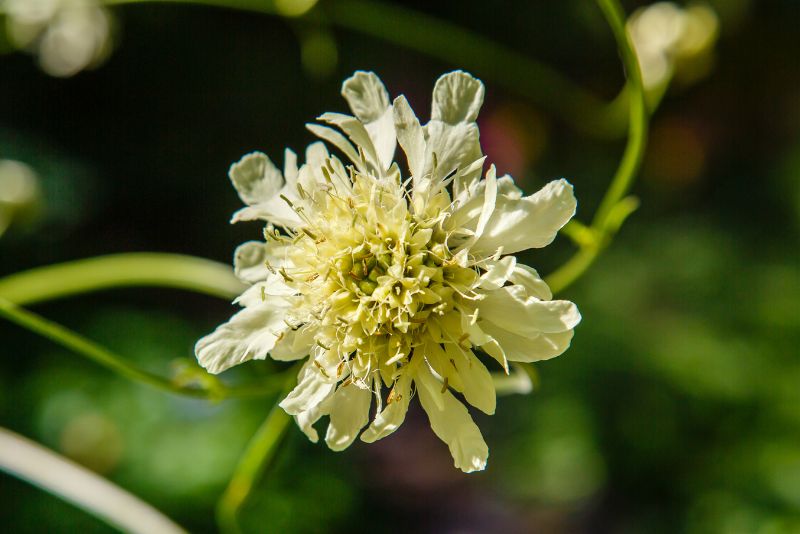
Characterized by their intricate pincushion centers and papery petals that emerge like skirts around the center, Scabiosa flowers are a favorite among gardeners for their unique beauty. It’s important to understand the needs of these flowers to provide the best environment for them to flourish.
Description and Characteristics
Scabiosa come in a variety of colors, primarily blue, pink, and lavender, though there are species that bloom white, yellow, and deep purple. Their tall, slender stems make them perfect for cutting, adding a touch of elegance to any floral arrangement. The intricate center packed with tiny florets makes this flower a true marvel to observe up close. When these blossoms grace your garden, they not only attract attention – they demand it.
Ideal Growing Conditions for Scabiosa
To start off on the right foot with your Scabiosa, it’s vital to understand their ideal growing environment. Your care of these flowers should consider various factors, from sunlight to soil health.
Sunlight Requirements
Scabiosa prefer full sunlight. Plant them in an area where they can soak up at least 6 hours of direct sunlight every day. However, in regions with particularly hot summers, they benefit from a little shade in the hottest part of the day to prevent wilting.
Soil Preferences
Well-draining soil is a must for Scabiosa. They don’t like to have their roots sitting in water, as this can lead to root rot. A sandy loam mix or adding some peat moss to your soil can help combat standing water.
Watering Needs
During the first growing season, be sure to keep your Scabiosa consistently moist, but not waterlogged. As they mature, they become less reliant on you for water and are fairly drought-resistant. Water them deeply but infrequently, allowing the soil to dry out between watering layers to encourage deeper root growth.
Temperature and Humidity Considerations
Scabiosa are quite resilient and can tolerate a variety of temperatures, but prefer the milder ends of the spectrum. They can handle some frost, but if the winter is particularly harsh in your region, protecting the roots with a layer of mulch can be beneficial. They prefer a moderate level of humidity but are not particularly picky.
Practical Care Tips
Now that you understand the environmental conditions needed, let’s cover the actions you should take to ensure your Scabiosa are provided with the best care.
Planting Guidelines
Plant Scabiosa in the spring after the last frost. Space them about 12 to 15 inches apart. These flowers do not like to be crowded, and adequate spacing promotes airflow, which helps prevent disease.
Pruning Techniques
Deadhead your Scabiosa regularly to encourage prolonged blooming. Once the flowers are spent, simply cut the stem back to the basal rosette, and new growth will soon appear. At the end of the season, a light trimming of the whole plant can help maintain its shape and prepare it for the dormant season.
Fertilization Recommendations
In the spring, feed your Scabiosa with a balanced, all-purpose fertilizer. Avoid high-nitrogen fertilizers, as this can lead to excessive leaf growth at the expense of flowering. Repeat the feeding every 6 to 8 weeks until the end of the growing season.
Pest and Disease Management
Scabiosa are generally quite hardy, but occasionally they may come under attack from pests like aphids or fungal diseases like powdery mildew. Use neem oil or a gentle soap spray to combat aphids, and prevent powdery mildew by watering at the base of the plant, avoiding overhead watering, and ensuring adequate spacing for good airflow.
Seasonal Maintenance
Each season introduces various elements to the plant’s growth. Understanding how to care for Scabiosa throughout the year is essential for continuous flowering.
Spring Preparations
Spring is a time of rebirth for your garden. This is the perfect time to clear away any dead plants or debris from the winter, compost the area around your Scabiosa, and give them their first feeding.
Summer Growth Strategies
The key to a successful summer with Scabiosa is staying on top of deadheading, regular watering, and observing for any signs of distress from pests or disease. The more you keep up with these practices, the healthier and more vibrant your blooms will be.
Fall and Winter Care
As fall sets in, you can scale back on the watering as the plant begins to prepare for dormancy. If you’re in a region with harsh winters, consider cutting back your Scabiosa and applying mulch to protect the roots. This also serves to rejuvenate the plants for the next growing season.
Benefits of Growing Scabiosa Flowers
Cultivating Scabiosa isn’t only about the satisfaction of a well-tended flowerbed; there are many benefits, ranging from environmental to inner peace.
Aesthetics and Visual Appeal
There’s no doubt that the aesthetic appeal of Scabiosa is reason enough to grow them. Their unusual structure and brilliance of color can transform any space into a thing of beauty.
Environmental Benefits
Scabiosa are attractive to pollinators like butterflies and bees, making them a welcome addition to any garden aiming to support local wildlife and ecosystems.
Therapeutic and Stress-Relief Aspects
Gardening, especially with such beautiful plants as Scabiosa, is known for its therapeutic effects. It offers a mindful experience that can reduce stress and encourage a sense of calm and well-being.
Conclusion
Scabiosa, the charismatic Pincushion Flower, beckons your gardening prowess. By understanding their requirements and following the comprehensive care tips in this guide, you’re well on your way to cultivating a garden oasis that’s as resilient as it is ravishing. Bring the vibrant dance of Scabiosa into your life and revel in the joy of successful cultivation.

